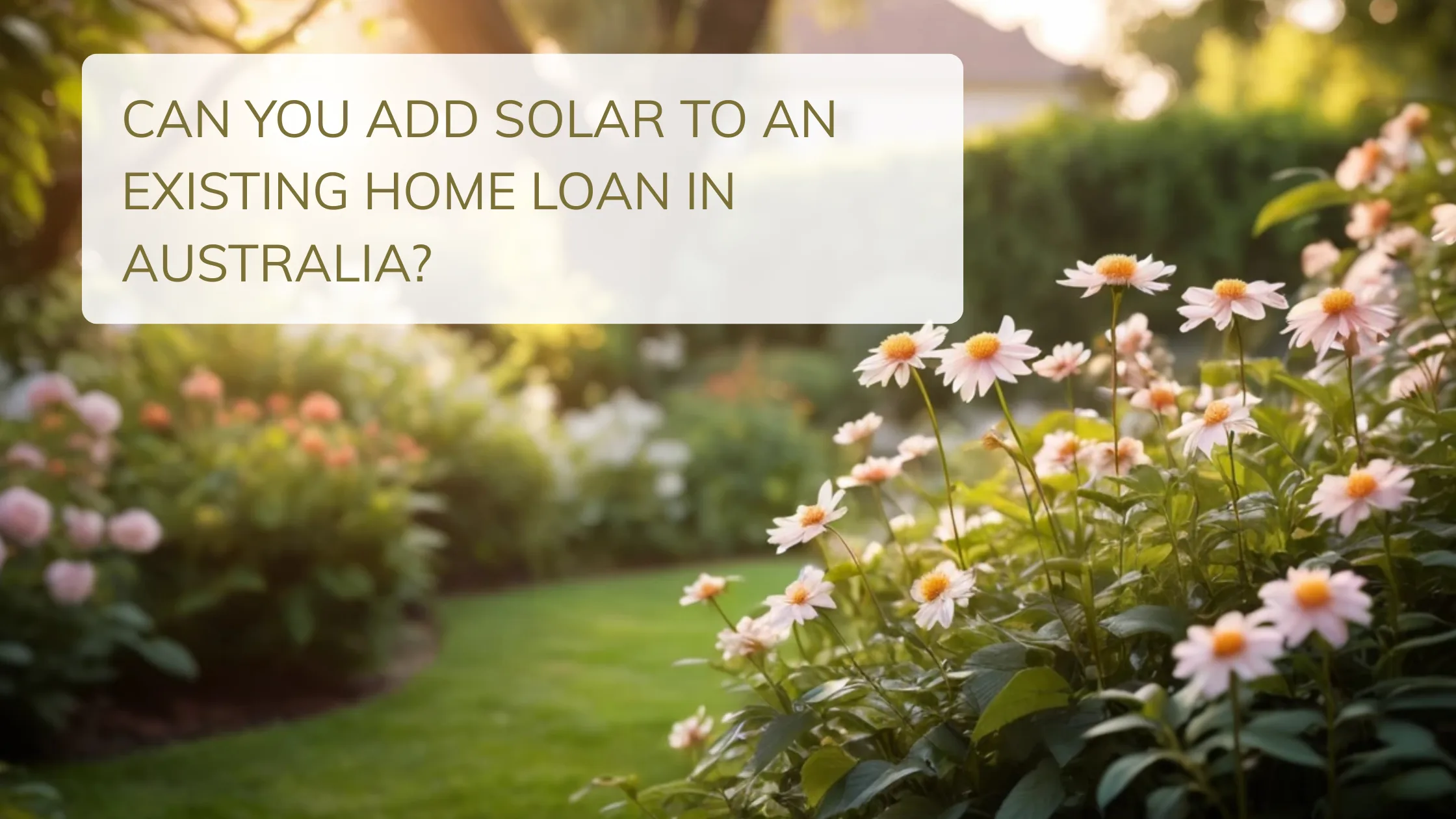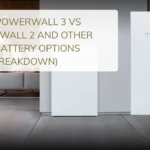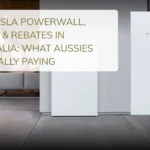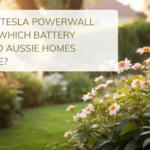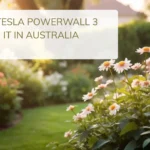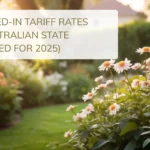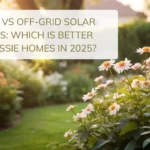So here’s a fun one: I didn’t even know this was a thing until I was knee-deep in solar quotes, scratching my head and wondering how I’d scrape together $12k for a proper hybrid setup.
I mean, sure — you can chuck it on a credit card, or look at those “interest-free” solar loans the installers push (with tiny writing that says 19.99% p.a. if you miss a payment). But someone at a BBQ mentioned they added their panels to their home loan. And I thought — wait, you can do that?
Turns out… yes, you can.
And depending on your mortgage and your lender, it might actually be one of the smartest (and cheapest) ways to pay for solar in 2025.
The Short Answer: Yes, You Can — If Your Lender Allows It
A lot of Australian banks and lenders will let you top up your current mortgage (also called a “loan increase” or “loan variation”) to pay for things like home improvements — including solar panels, inverters, and batteries.
The basic idea is:
- Your house goes up in value with solar
- You borrow a bit more on your existing loan
- The extra gets added to your mortgage repayments
It’s not free money, obviously. But because home loans often have the lowest interest rates around, it’s way cheaper than using a personal loan or a solar installer payment plan.
What I Did (Real Story — No Sales Pitch)
Here’s my real-world setup:
- Live in WA, semi-rural
- Had a home loan through NAB, fixed at 5.65%
- Owed about $410,000 on a $480,000 property
- Got quoted $12,700 for a 6.6kW hybrid solar system with 10kWh battery
I rang NAB and asked, “Can I increase my home loan by $13k to cover solar?”
They said, “Sure — if you’ve got equity and your income checks out, it’s just a loan variation.”
Took about 10 days and boom — funds in my offset account. Installer got paid directly, and I’m now paying an extra $69/month over 20 years. My power bills have dropped by more than $100/month, so technically, I’m ahead.
Which Banks Allow It?
Most major Aussie banks and many smaller lenders offer loan top-ups or redraw facilities. Here’s what I found:
Banks that often allow solar top-ups:
- Commonwealth Bank (CBA)
- ANZ
- Westpac
- NAB
- ING
- Suncorp
- Macquarie
- Bendigo Bank
They usually call it:
- Home loan increase
- Equity access loan
- Line of credit
- Mortgage redraw (if you’ve paid ahead)
What About Government Support?
In some states, you might be eligible for solar rebates or no-interest loans, which can reduce how much you need to borrow.
For example:
- Victoria: Interest-free loan up to $1,400 in 2025
- ACT: Sustainable Household Scheme – interest-free loan up to $15,000
- South Australia: Home Battery Scheme (limited postcode support)
I used the WA DEBS export incentive to estimate long-term savings, but the bank didn’t factor that into the application.
Real People, Real Setups
Melissa – Melbourne, VIC
“We bundled solar with a small bathroom reno in a single loan top-up with CBA. The rate was 5.4%, way lower than any solar loan we looked at.”
Josh – Brisbane, QLD
“Tried to do a redraw but had only been paying for 2 years, so didn’t have enough in advance. Ended up doing a full refinance to a new lender that offered a green loan with cashback.”
Kat & Andy – Adelaide Hills
“Our broker suggested we use our equity instead of draining savings. We added $20k to the mortgage and upgraded the panels, hot water, and added a small Tesla Powerwall.”
Pros and Cons of Using Your Home Loan for Solar
Pros:
- Lower interest rates than personal or solar loans
- Spreads cost over 20–30 years, keeping repayments small
- Adds value to your home
- Simple if you qualify for a top-up
Cons:
- You’ll pay more total interest over time
- Loan variation or setup fees apply (mine was $295)
- Requires credit/income checks
- Extends your mortgage term or increases monthly payment
Tips Before You Apply
- Get your quote first – most banks want to see the invoice
- Check your equity – usually need 10–20%+
- Ask about redraws – if you’ve paid ahead, that’s another option
- Compare interest rates – consider refinancing if your rate is high
- Watch the fees – variation and processing costs vary by lender
Final Thoughts: Worth It?
Everyone’s financial situation is different. But for me, using my existing home loan was a no-brainer.
I didn’t have to touch savings, didn’t open a new account, and now I’ve got solar + battery, lower bills, and a more valuable home — all for around $60–70 extra a month.
If you’re planning solar in 2025 and don’t love the idea of upfront cash or sketchy “interest-free” deals, give your lender a call. You might already have what you need sitting in your mortgage.
Want a Free Solar Loan Checklist?
I’ve got a simple PDF checklist to help you prepare a solar loan top-up request. If you’d like it, leave a comment or message me and I’ll send it over.
Let the sun pay your mortgage — that’s my new motto.
